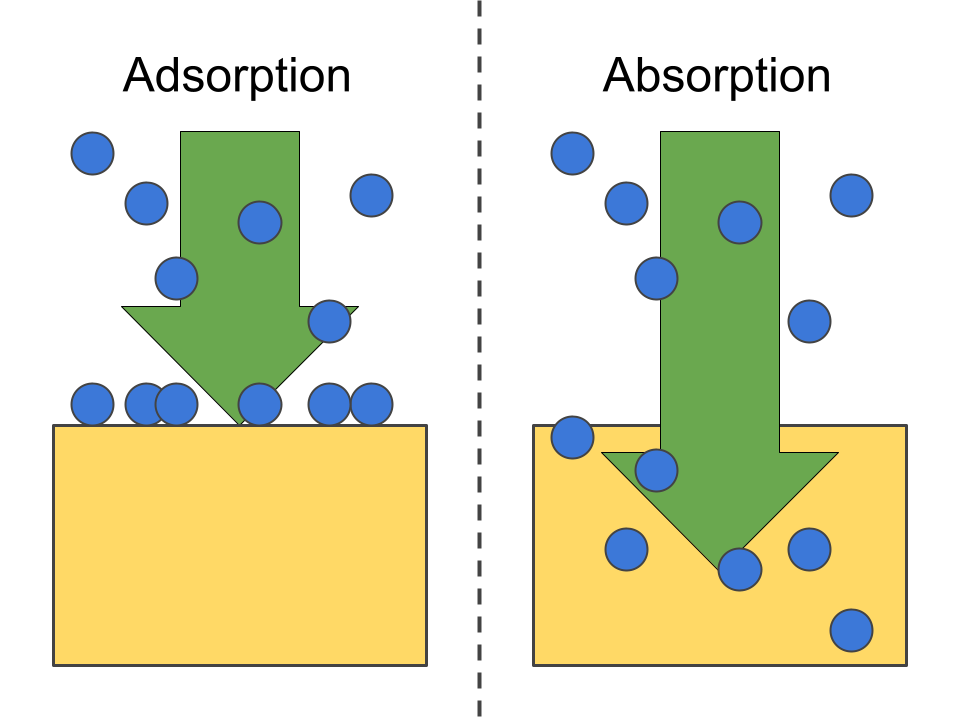
There are many types of filters used for air or water purifications. A popular choice for removing organic compounds, volatile organic compounds is an activated carbon filter. This article will discuss what they are and how they work.
The Science Behind Carbon Filters
Carbon filters, also known as activated carbon or charcoal filters, are commonly used to eliminate gases and odors. They use activated carbon (or activated charcoal) to get rid of pollutants from common household products like cleaning sprays. They can also remove smoke so it’s effective in the kitchen or to remove tobacco smoke.
Activated carbon filters are made by adding air, carbon dioxide or steam to carbon which increases the surface area. It also creates a lattice of small pores in the carbon. This greatly expands the surface area where gas molecules can be trapped.
How Carbon Filters Work
Carbon filters trap odors and gases through a process called ad-sorption. This process is different than ab-sorption which is the transfer of particles into a substance. Adsorption on the other hand is the process of particles sticking to a surface or substance (called adhesion). In this case, the gas particles will stick on the surface of the carbon.

Adsorption allows activated carbon filters to remove unwanted gases from the air. The tiny pores and expanded surface area of carbon created from activation intercept gases and odors from the air passing through the carbon. The particles stick to the carbon and the clean air flows out of the filter. However, these filters trap particles and so overtime, the carbon will saturate with particles and eventually when it is full, it can’t be used effectively.
Benefits of Carbon Filters in Air Purifiers
-
Odors: Carbon filters can remove odors caused by cooking, pets, smoke, and other sources that other filters like HEPA can’t.
-
Volatile Organic Compounds (VOCs): They capture volatile organic compounds emitted by household products, paints, and furniture.
-
Chemical Filtration: Carbon filters can also trap chemicals and gases like formaldehyde and ammonia.
Disadvantages of Carbon Filters
- Limited Use: Activated carbon filters have a finite capacity for adsorbing contaminants, and they can become saturated over time, requiring frequent replacement.
- Slow Filtration Rate: The process of adsorption can slow down the filtration rate of water or air, particularly when the filter media becomes clogged with contaminants.
- Limited Filtration: While activated carbon is effective for trapping many types of gases and odors, it may not be as efficient for removing other particles like pollen or dust.
Choosing the Right Carbon Filter
-
Filter Size and Thickness: Check the size of the carbon filter for maximum adsorption capacity. There are many kinds of activated carbon filters and made from different manufacturers so they all have varying amounts of carbon in the filter so check the filter for the effectiveness.
-
Air Flow: The airflow rate is key to filter out the most amount pollutants. A greater air flow means more pollutants that can get trapped in the filter. Also, generally, more carbon in the filter means a better filtration rate.
-
Maintenance Requirements: Carbon filters require changing it out every so often. The time range can vary so make sure to check manufacturer recommendations for filter replacement intervals and maintenance tasks.
Carbon filters play a vital role in air purifiers, offering effective odor elimination, VOC removal, and chemical filtration. By understanding their benefits and applications, you can make informed choices to improve indoor air quality and breathe easier.
References
Drummond, R. (2022, December 7). Activated carbon filters: What do they remove from water? Paragon Water Systems. https://paragonwater.com/activated-carbon-filters-what-do-they-remove-from-water/#:~:text=Activated%20carbon%20filters%20are%20used,and%20converts% 20them%20into%20salt.
ESP Water Products. (n.d.). What are Carbon Filters for Water Filtration. https://www.espwaterproducts.com/carbon-filters/#:~:text=Carbon%20filters%20remove%20contaminants%20through,chemical %20composition%20of%20some%20contaminants.
How a carbon filter works. (n.d.). MMM-ext. https://www.filtrete.com/3M/en_US/filtrete/home-tips/full-story/~/how-it-works-carbon-filter/?storyid=96a8db3c-5c93-4c8a-b12c-26e632af88ff
King, H. (2018, February 1). Activated carbon air filters: Everything you need to know.Molekule. https://molekule.com/blogs/all/activated-carbon-air-filter
Water Treatment Using Carbon Filters: GAC Filter Information – MN Dept. of Health. (n.d.). https://www.health.state.mn.us/communities/environment/hazardous/topics/gac. html#:~:text=A%20filter%20with%20granular%20activated,rotten%20eggs%20odor